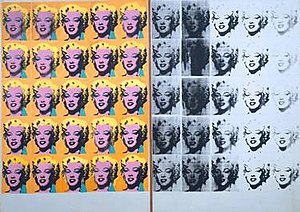
A steam engine is a heat engine that performs mechanical work using steam as its working fluid.Using boiling water to produce mechanical motion goes back about 2,000 years, but early devices were not practical. Since the late 1700s steam engines have become a major source of mechanical power. The first applications were removing water from mines. In 1781 James Watt invented a steam engine that produced continuous rotative motion. The engines could be sited anywhere that water and coal or wood fuel could be obtained. Within a century,in 1883, engines that could provide 10,000 hp were feasible. Steam engines could also be applied to vehicles such as traction engines and the railway locomotives which are commonly just called steam engines outside America. The stationary steam engine was an important component of the Industrial Revolution, overcoming the limitations imposed by shortage of sites suitable for water mill and allowing factories to locate where water power was unavailable.
Steam engine - Wikipedia, the free encyclopedia. 2013. Steam engine - Wikipedia, the free encyclopedia. [ONLINE] Available at:http://en.wikipedia.org/wiki/Steam_engine.
Steam engine - Wikipedia, the free encyclopedia. 2013. Steam engine - Wikipedia, the free encyclopedia. [ONLINE] Available at:http://en.wikipedia.org/wiki/Steam_engine.





